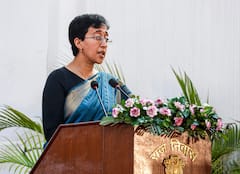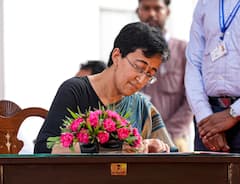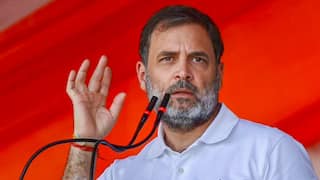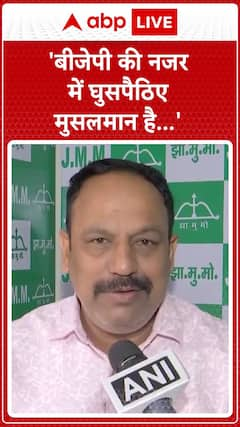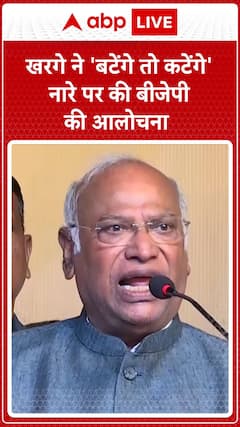SC Puts On Hold NGT Order To Appoint Delhi LG VK Saxena Chairperson Of Yamuna Panel
The Supreme Court has put a stay on an order of the NGT, appointing Delhi Lieutenant Governor Vinai Kumar Saxena, as the chairperson of a high-level committee on the Yamuna Rejuvenation Project.

The Supreme Court has put a stay on an order of the NGT, appointing Delhi Lieutenant Governor Vinai Kumar Saxena, as the chairperson of a high-level committee on the Yamuna Rejuvenation Project, reported news agency ANI. The SC's stay order came a month after the Arvind Kejriwal-led Delhi government moved a plea against the National Green Tribunal appointing Saxena as the chairperson of the panel.
The Delhi government argued that the LG is only a "figurehead" except for the three subjects of police, public order, and land, reported legal news website Law Trend. The government cited the SC's recent judgment on the administrative services row and argued that the NGT cannot confer executive powers on the LG, as per the Constitution.
Saxena announced in January that a six-month action plan with eight parameters to clean the Yamuna had been agreed upon. The plan includes measures such as enhancing sewage treatment, laying sewer networks in unauthorized colonies, and other initiatives. Saxena made the announcement after the first meeting of a high-level committee appointed by the National Green Tribunal for the river's cleaning in January. The committee was formed at the request of the green tribunal in January, with the Delhi LG heading it.
The six-month action plan agreed upon by the departments focuses on eight parameters, including sewage treatment augmentation, drainage cleaning and maintenance, establishing sewage networks in unauthorized colonies and slum clusters, septage management, and restoring the river's floodplains.
The 22-kilometre stretch of the Yamuna between Wazirabad and Okhla in Delhi, which represents less than 2% of its total length, is responsible for approximately 80% of its pollution load, according to Outlook. Untreated wastewater from unauthorized colonies and slum clusters, along with low-quality treated wastewater discharged from sewage treatment plants (STPs) and common effluent treatment plants (CETPs), are the primary contributors to the river's high pollution levels.
The Delhi government has made a commitment to clean the Yamuna to bathing standards by February 2025. According to these standards, the river is deemed suitable for bathing if the Biological Oxygen Demand (BOD) is less than 3 milligrams per litre and the dissolved oxygen level is greater than 5 milligrams per litre.
Last week, Delhi Lieutenant Governor VK Saxena and NGT chairperson Justice Adarsh Kumar Goel on Monday inspected the navigable stretch of Yamuna between ISBT and ITO Barrage. After the visit, Saxena said cleaning of the 11 km stretch till the ITO Barrage is over and the stretch was accessible to the public, reported India Today.
Top Headlines
Trending News




















